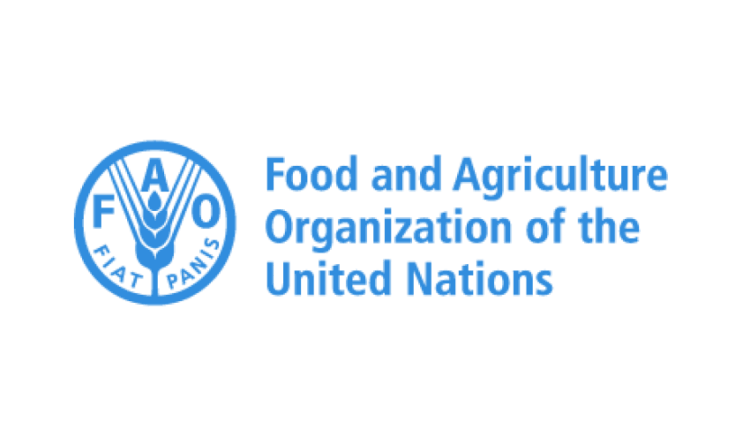Children numbering 3.7 million in North-eastern Nigeria are malnourished, suffering from stunting, wasting or anemia.
This was according to the Food and Agriculture Organisation of the United Nations (FAO) Northeast Nutrition Sector Coordinator, John Mukisa.
The development has worried stakeholders with the Borno State government, in collaboration with the FAO, launching a renewed effort to combat malnutrition by scaling up the production and utilisation of Tom Brown, a locally-made nutrient-dense food supplement.
At a high-level roundtable discussion held in Abuja, stakeholders from federal ministries, development agencies, donors, and NGOs, reaffirmed their commitment to addressing food insecurity in North-eastern Nigeria.
The urgent meeting followed the release of the latest Cadre Harmonisé report, which revealed that 25 million Nigerians are currently facing food insecurity—a figure projected to rise to 33.1 million by the peak of the 2025 lean season across 26 States and the Federal Capital Territory (FCT).
According to Mukisa, addressing the crisis required innovative, cost-effective solutions, with Tom Brown, a fortified blend of grains, emerging as a viable intervention.
Experts estimated that expanding its production in Borno, Adamawa, and Yobe (BAY) States could save an estimated $120 million annually in healthcare and emergency response costs.
They said beyond its nutritional impact, expanding Tom Brown production presents economic and agricultural benefits including job creation, agricultural growth, revenue generation and regional stability.
The Borno State governor, Babagana Umara Zulum, noted that, “The production and commercialization of Tom Brown will attract investment from the private sector, boosting state revenue and positioning Borno as a leader in nutrition-sensitive agriculture.”
Speaking at the event, Borno State’s Commissioner of Health and Human Services, Professor Baba Mallam Gana, said, “Nigeria continues to bear one of the highest burdens of malnutrition globally. This reality underscores the urgency of our gathering today. It is imperative that we adopt innovative, community-driven approaches to combat malnutrition and ensure food security.
“Tom Brown has demonstrated remarkable effectiveness in addressing malnutrition, particularly among vulnerable groups such as children under five and lactating mothers.”
FAO Representative ad interim, Koffy Dominique Kouacou, said, “Scaling up Tom Brown will not only meet urgent nutritional needs but also create livelihood opportunities, strengthen local markets, and generate revenue for regional development.
“To bring this vision to life, we need partnership, expertise, and resources. Beyond figures and policies, we must remember the human faces behind the statistics—the children whose lives we can save, the families we can uplift, and the communities we can transform.”
Stakeholders discussed the long-term goal of establishing a dedicated Tom Brown production facility in Borno State with key takeaways from the meeting including; consensus on scaling up Tom Brown production, development of a draft roadmap for expansion and sustainability and commitments from stakeholders to provide financial and technical support.
The FAO and Borno State Government urged donors, government agencies, the private sector, and humanitarian organisations to support the expansion of Tom Brown production.
This initiative, according to them, has the potential to transform food security efforts, save lives, and build a more resilient future for millions of Nigerians.

